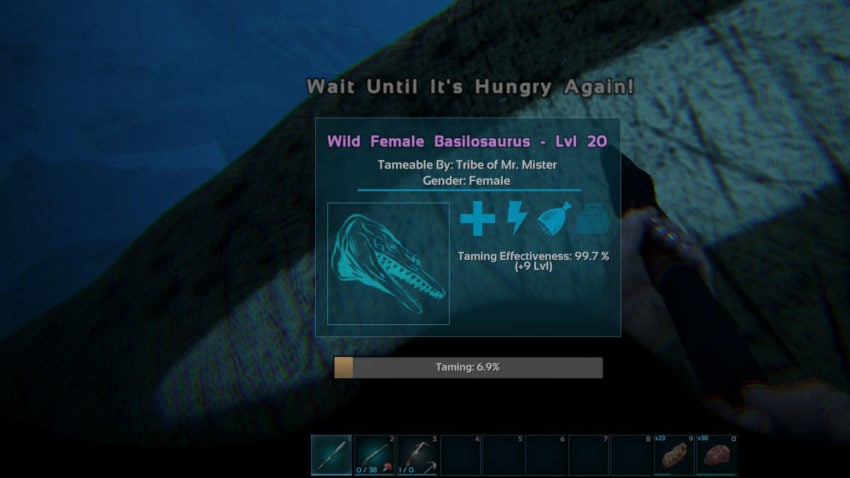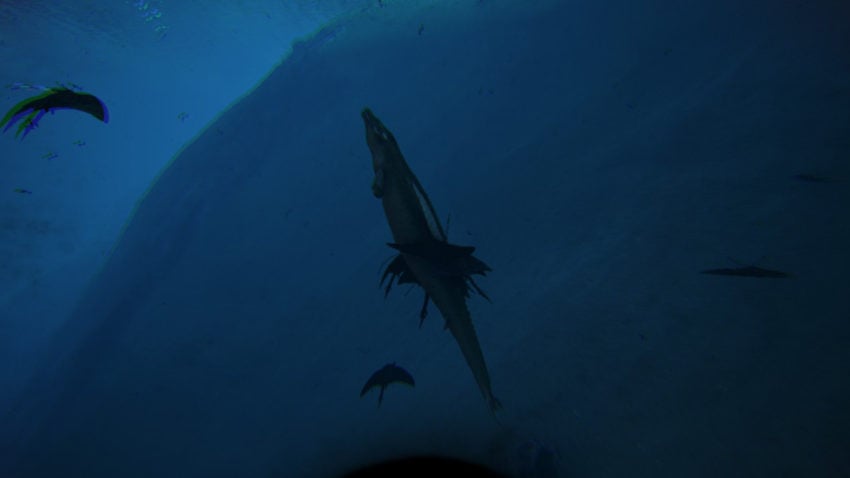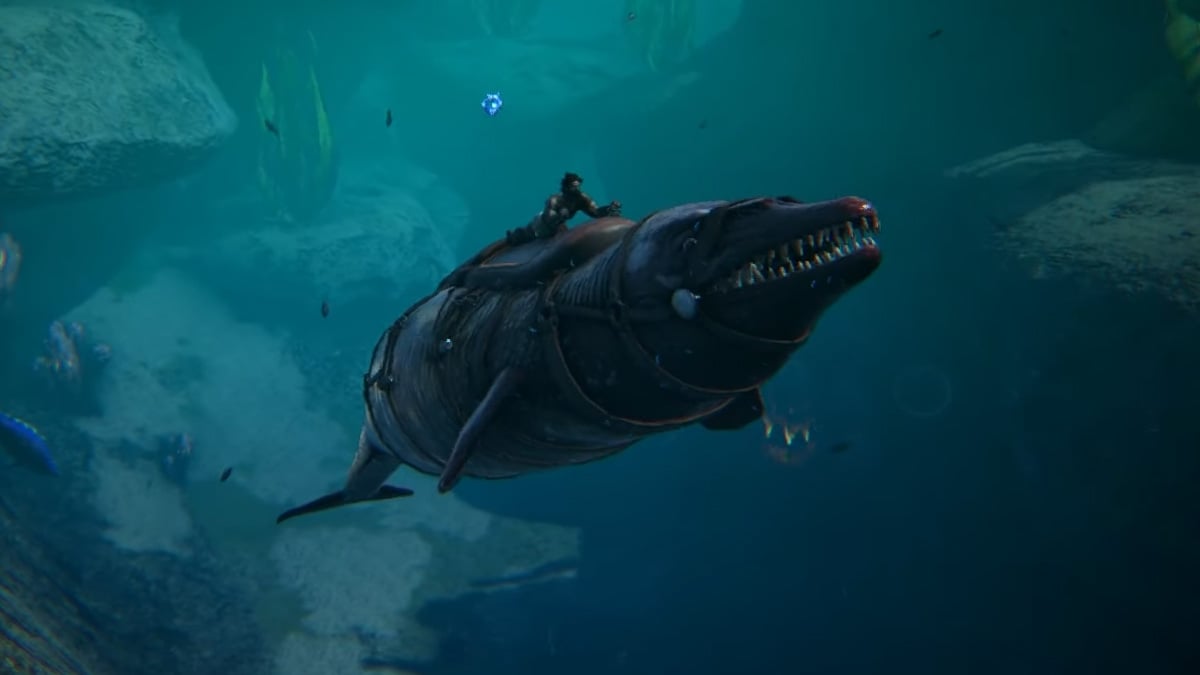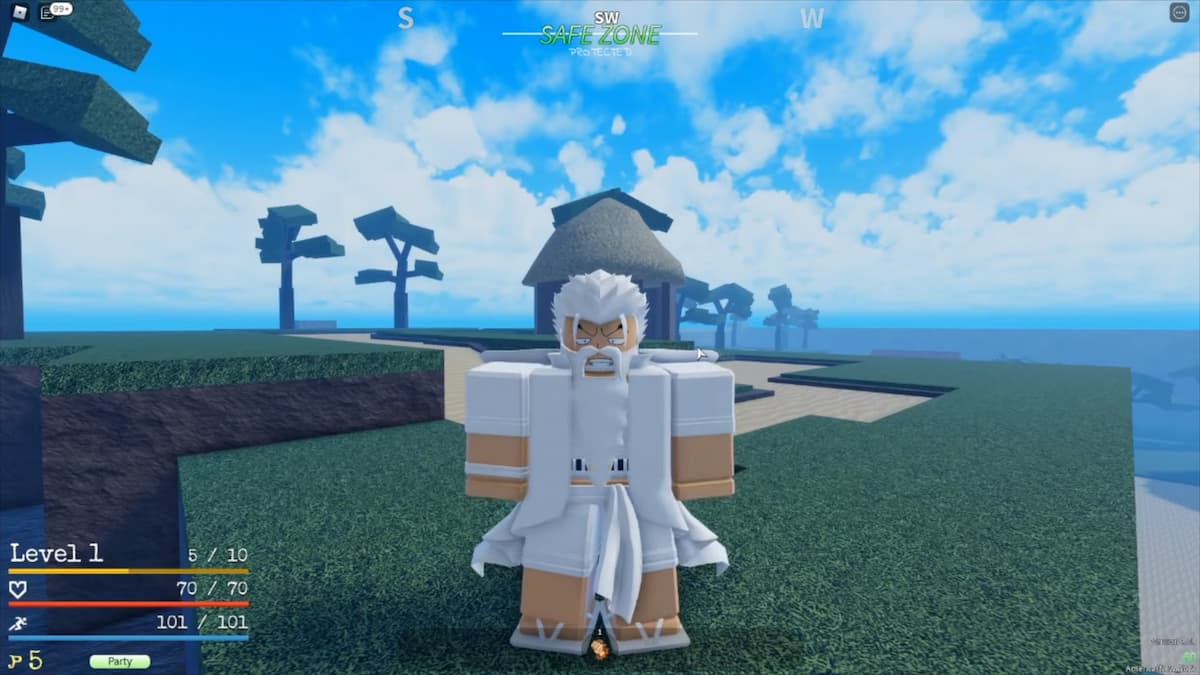The dino-flavored survival-crafter Ark: Survival Evolved hosts a large amount of water on the majority of maps. These calm, blue waters entice players to get nautical to exploit the massive resource deposits found beneath the surface. To survive the unique horrors that lurk underwater, players will need to tame multiple creatures to gain the upper hand, such as megalodons, mosasaurs, and even the Basilosaurus.
While a survivor’s initial forays into the great blue unknown will be punctuated with moments of terror, players will, over time, get used to the eight degrees of movement that devastating attacks can come from. The Basilosaurus is a unique underwater creature — it can be killed for massive quantities of oil, allowing tribes to stock up on gasoline, but clever tribes will capture one for its natural, tank-like abilities.
Related: Does Ark Survival Evolved have split screen multiplayer? Answered
What does the Basilosaurus do?
The Basilosaurus is a rather unique type of dinosaur. While it’s entirely passive, like the Equus, it tends to attract multiple mantas which trawl behind it. These mantas can make short work of someone trying to tame the Basilosaurus, so dealing with these mantas is the first step in your tame process.
The Basilosaurus is a helpful, water-based dino to have in the pack: it has natural immunity to shock and grappling, making it an extremely helpful tank against Tusoteuthis, Electrophorus, and the Cnidaria enemies. It works best when paired with a few mate-boosted megalodons for DPS, and becomes a reliable bio-toxin harvester thanks to the Cnidaria mitigation.
How to tame the Basilosaurus
The Basilosaurus is a passive tame, meaning players won’t need to torpor it. However, the inclusion of the mantas can make this a complex and stressful process. The Basilosaurus is still a carnivore, so exceptional kibble has the greatest tame progress per proc, but any type of meat (with raw mutton being the favorite) will suffice for this tame.

Players can try one of two strategies: eliminating the mantas or a dash-tame. Regardless, stacking a few pieces of SCUBA will allow players to fight the freezing temperatures and keep their oxygen supply topped up.
Eliminating the mantas

If players choose this method, it can turn into a knock-down-drag-out fight rather quickly. Try to succeed with superior numbers, possibly with megalodons for DPS, or with multiple tribe mates. The Baryonyx has an AoE tail-swipe attack that can eliminate multiple mantas at once. The downside of this methodology is that you could attack the Basilosaurus itself, and you’re effectively hedging a bet that you can out-DPS the mantas in straight combat.
The upside is that, once you begin taming, every manta surrounding the Basilosaurus will aggro onto the taming player. This is fatal within seconds at most — killing off the mantas first is an extremely reliable methodology. As the Basilosaurus tends to hover near the surface, walking into the water with a crossbow to eliminate the mantas one by one is also a viable strategy.
Dash-taming a Basilosaurus
Players can also try dash-taming a Basilosaurus. Within Ark: Survival Evolved, your oxygen stat also determines how quickly you can swim, and flippers (and an Ichthyosaurus) can help speed up the player. On unofficial servers, players may note that these effects vary depending on admin preference and server flavor. It may behoove players to craft a Mindwipe tonic prior to getting overly involved in the ocean for oxygen and health stat, along with a bit of fortitude.
The idea of dash-taming is that players swim close to the Basilosaurus, offer it a piece of food from the final slot in their inventory, and then swim away to break the aggro from the mantas. Rinse and repeat this action every minute or so until the tame is yours.
The downside of this methodology is that you need to move faster than a group of deadly ocean predators. If you find out you aren’t fast enough, you’ll likely die shortly after that discovery.
Once you manage to tame this beast, enjoy the natural tank of the ocean and collect those bio-toxins.







Published: Aug 16, 2022 01:33 pm